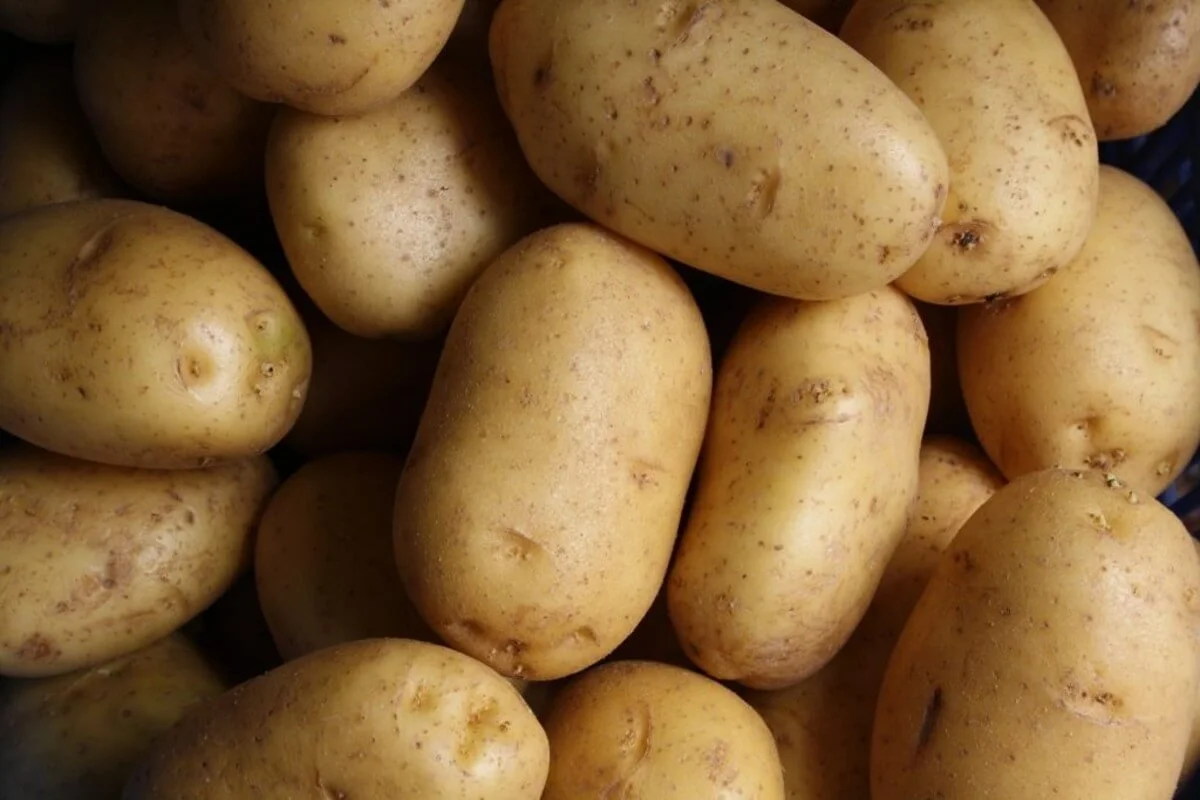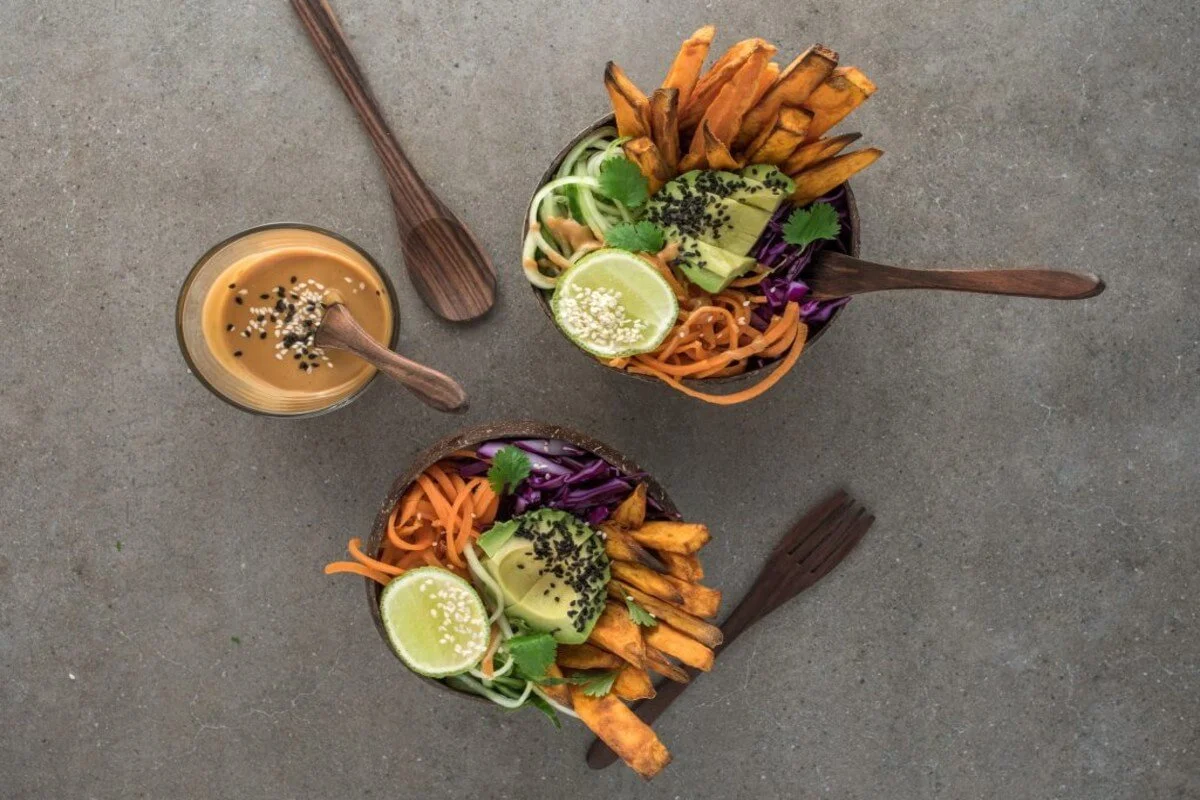Life In Self-Quarantine: Nothing Like The Humble Potato
Discover > Texas Home Cooking > Life In Self-Quarantine: Nothing Like The Humble Potato
Welcome back to another edition of Life in self quarantine! How are y’all holding up? How many of us are turning to couch potatoes? (What wine goes well with potatoes?) Haha! I am sure we are all grateful to be safe at home with our loved ones.
Just because we are living a sheltered, quarantined life, doesn’t mean fresh food is off the table. If planned properly, you can have access to fruits and vegetables for a long time. Buying produce that stays fresh for longer and can be cooked in more ways than one is the mantra we should all be living by.
Though there are several veggies that fit this description, today I will talk about one such kid-friendly and versatile vegetable that is loved by all in my home. The humble Potato.
History of Humble Potato
Potatoes have been in our lives and culture for longer than we would imagine. They were introduced to North America by the Irish in the mid-18th century. But before that, potatoes were initially discovered in Peru by Spanish explorers.
The first humble potato patches were planted in North America in 1719 by the Scottish Irish near Londonderry. In Idaho, which is the largest producer in the USA today, potatoes were not cultivated till 1836. Today, they are one of the most grown vegetables in the world!
Nutritional Profile of Potatoes
Potatoes are a great source of vitamin C, providing close to 45% of the RDI of Vitamin C.
They provide more potassium than a banana
Potatoes offer only 110 calories per serving
They are a source of complex and nutrient dense carbohydrates
A medium sized potato will give you up to 3 grams of protein
A medium sized skin-on white potato provides 2 grams of fiber whereas a similar sized sweet potato provides 4 grams of fiber
Acrylamide in Potatoes
Scientists in Sweden discovered that a carcinogen named acrylamide is found in starchy foods. This chemical is produced naturally when starchy foods are cooked to high temperatures. Boiling starchy produce, however, does not produce acrylamide. It is definitely harmful for human health, but at what doses? That is something to be yet determined. However, it is desirable that we aim to reduce the levels of our acrylamide exposure. One way of doing that is, to soak potatoes for 30 to 40 minutes in cool water before you roast or fry the potatoes.
How Having Some Extra Potatoes in Store Can Help During COVID-19 Pandemic
Potatoes are great for storing for longer periods of time. They do not require refrigeration and will do well in temperatures of up to 35-40 degrees F. So, you will not run out of freezer space, trying to keep them from getting spoilt.
Some other helpful tips to keep in mind when storing potatoes are:
Avoid buying ones with green tinges, soft and rotting spots.
You want a humble potato with firm unwrinkled skin.
Freshly harvested young potatoes need to be consumed within a couple of days from purchase, while the mature ones can be stored for longer.
Do not refrigerate your potatoes. Starch from them converts into sugars at low temperatures.
Perforated paper bags are best to store.
Keep your onions and potatoes apart. The gases released by the vegetables tend to accelerate the speed at which they spoil.
Do not wash your produce before storing, as dampness will only create an environment for early rot.
Nutrient content among dehydrated potatoes or frozen potatoes will deliver the same nutrients as fresh potatoes but the amounts will vary
Freezing if done properly, will only place the potato and its nutrients in a suspended state. Hence the nutrient loss will be minimal
I want to slightly go deeper into the storage aspect of these root veggies, as it is a need of the moment. For easy reading and recollection, let me break it down:
Storage Tips
Green or Sprouting Potatoes
The green tinge on our humble potato skins is due to them being exposed to excess light. If there is a slight green color, cut it away before you cook. Sprouting is just a sign that the vegetable is growing. Storing your potatoes in a dark, dry location will reduce sprouting. Simply cut the sprouts away before cooking.
Freezing Your Potatoes
Freezing fresh potatoes is possible. Cut your potatoes the way you desire. Place them into cold water dot has a tablespoon of lemon juice in it. The lemon juice prevents potatoes from turning brown. Next, we want to blanche the cut potatoes, so they are partially cooked. As soon as they are out of the boiling water, place them on a tray to cool down for you to handle. Once they are cool enough, season them lightly with oil and salt and cover the tray with some clingfilm. Freeze the tray of potatoes overnight and transfer your potatoes into freezer storage bags once they are completely frozen.
Cooking with Potatoes
The other great thing about them is that they can be cooked and prepared in so many ways. Whether you are an adult or a child, you will most likely have one favorite potato dish. Mashed, baked, pan-fried, or steamed - the humble potato finds its place in almost all kitchens across the world.
But cooking methods will change the nutritional profile of the humble potato by a large extent. Boiling and exposing the veggie to a longer period of heating will affect it the most, reducing the nutritious values.
A fun fact to keep in mind is that its skin contains almost 50 % of its fiber content, so it’s a great option to keep the skin intact and have it too.
Also remember that contrary to the popular belief, potatoes do not make you fat. A medium sized Russet contains only 110 calories and zero fat! Weight gain essentially occurs when you consume more calories than you burn. So, if a potato is a part of your balanced diet, its completely okay to eat it. Yay!
But you cannot use the same kind of potato for different dishes and expect the desired result. The content of starch in the humble potato makes all the difference. The starch molecules upon cooking, separate and expand which will lend a thickening effect to the dish. The key is to get the balance of the starch right in your potato-based dishes.
High Starch Potato
High starch potatoes are high in moisture and high in starch. An example of this is the Russet Burbank which is very common in our households. Owing to their dry texture, Russets make some really fluffy mashes and the crispiest of fries.
Medium Starch Potato
With a slightly denser and creamier texture, medium starch potatoes disintegrate more readily on cooking. A medium starch potato can turn gluey if worked too much, so it is best to avoid putting it through a food processor. White potatoes are perfect examples of medium starch varieties. Both varieties; the long white and the round white make for some good salads and gratins, but I find that they don't really brown too nicely and for this reason I would prefer the Russet.
Low Starch Potato
Newly harvested, young potatoes are mostly low in starch. With skin so delicate, that it comes off with a scrape off your nail, low starch new potatoes are perfect for casseroles. They are not suited for dishes that require a sort of a binder, so don't try to make mash with new potatoes.
Red Bliss are another beautiful low starch variety. They are very recognizable in the supermarkets due to their reddish-brown colors. Red Bliss work best as roasts or pan-frying.
Sweet Potato
Ahh, one of my favorites. Some sweet potato varieties are less sweet like the Jewel, some are sweeter like the Beauregard. Simple preparations of the sweet potato are often the best. I would suggest that you avoid loading it with sugary components, and just let the natural flavors do the talking. The sweet potato pie is a perfect dish to try.
During the COVID-19 lockdown, it would benefit us greatly, to have some additional pounds of these sturdy, dependable guys in our storage. Do make sure you don’t empty out the shelf buying them though! Till then, stay indoors and stay safe!








